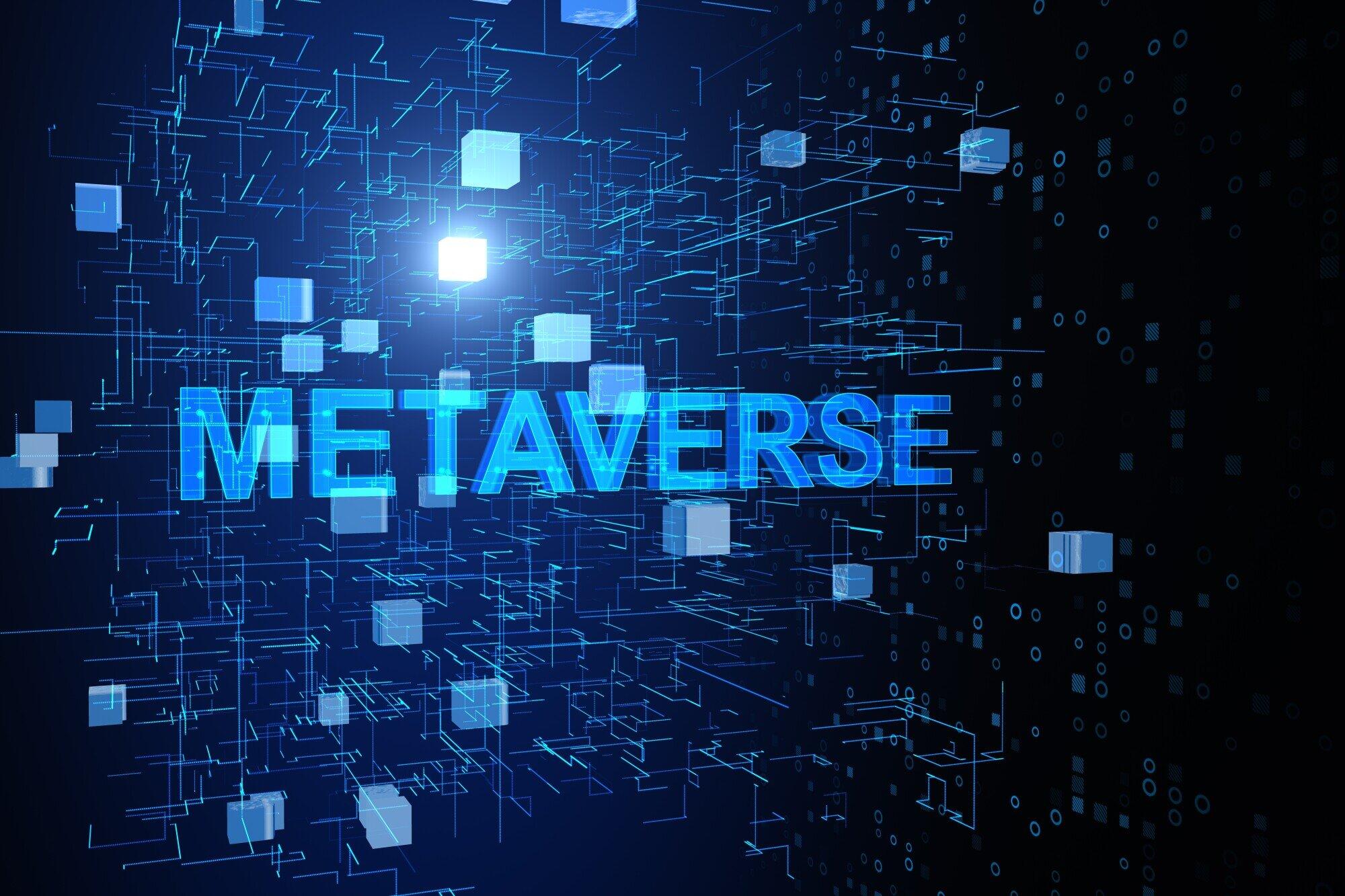Wine Tasting Event Etiquette: What Every Guest Should Know
Posted on September 30, 2024 by Logo Design Tips and Tricks

Are you ready to swirl, sniff, and sip your way through a delightful wine tasting event?
Understanding the nuances of wine tasting etiquette is key to making a memorable impression. This is whether you’re exploring a local vineyard or attending a grand wine festival.
If you’ve been searching for “wine tasting near me” or want to be the guest everyone admires, this guide is for you.
Here, we’ll walk you through essential tips and tricks that every guest should know to enjoy and impress at your next wine event.
Let’s begin!
Pace Yourself and Sip, Don’t Gulp
Wine tasting is not a race. Take your time to savor each sip and appreciate the flavors and aromas of the wine. It’s important to remember that you’re not just drinking for pleasure, but also to evaluate and learn about different wines.
Start with lighter wines before moving on to heavier ones. This will help prevent overwhelming your palate and allow you to fully experience each wine’s unique characteristics. If you decide to shop for wines here, you’ll be confident in your purchases after knowing what to look for.
Hold the Glass by the Stem
When holding your wine glass, remember to always hold it by the stem. This allows you to see and appreciate the color of the wine without smudging the glass with fingerprints. It also prevents your body heat from affecting the temperature of the wine.
Use All Your Senses
A crucial part of wine tasting is engaging all your senses. Observe the color, swirl to release aromas, sniff to detect different scents, and finally sip and swish around in your mouth to taste all the flavors.
Taking note of these details will help you develop a deeper appreciation for each wine. Savoring the best wine events takes more than just your taste buds. It’s also about the ambiance, the company, and the overall experience.
Don’t Be Afraid to Ask Questions
If you’re new to wine tasting or unsure about a particular wine, don’t be afraid to ask questions. The staff or host at a wine tasting event are usually knowledgeable and more than happy to share information about the wines being served.
Asking questions not only helps you learn more about the wines, but it also shows your genuine interest and enthusiasm for the experience. If you are with a wine tasting guide, they will be more than happy to help you expand your knowledge and appreciation for wine.
Follow the Host’s Lead
If you’re attending a guided wine tasting event, make sure to follow the lead of your host. They will typically give instructions on how to taste each wine and may even provide some background information on the winery or region.
Not only does following their lead show respect, but it also allows you to fully immerse yourself in the experience they have planned for you.
Learn Some Wine Tasting Event Etiquette
Mastering wine tasting etiquette not only allows you to fully appreciate and enjoy the experience. It also helps you make a lasting impression as a knowledgeable guest.
By following these tips and tricks, you can confidently swirl, sniff, and sip your way through any wine tasting event with grace and sophistication. So next time you search for “wine tasting near me”, remember to keep these guidelines in mind and have a wonderful time exploring new wines!
Should you wish to read more, visit our blog page. We do have more topics!
Understanding the Concept of a Gift from God: A Spiritual Exploration
Posted on September 30, 2024 by Logo Design Tips and Tricks

When we think about gifts, we often picture tangible items wrapped nicely in colorful paper. But a gift from God is different. It isn’t something you can hold or touch. Instead, it’s something special given by a higher power, meant for our growth and happiness.
Let’s explore what a gift from God means and how it can affect our lives.
What is a Gift from God?
A gift from God is a blessing. It’s something that brings us joy, comfort, or strength when we need it. These gifts can come in many forms, like love from family and friends, talents, or opportunities. Sometimes, they are lessons in disguise, pushing us to grow. Prophetic gifts hold a special place within the realm of spiritual blessings, offering unique insights and guidance from the divine.
Recognizing God’s Gifts
Recognizing these gifts can be hard. They don’t always stand out. At times, they come during hardships or struggles. For example, going through a tough time might teach us patience or resilience, which are also gifts. Being open and reflective helps us see these gifts more clearly.
Gift of Prophecy
The spiritual gift of prophecy is a remarkable example of a divine blessing that transcends ordinary understanding. This gift involves the ability to receive and convey messages from a higher power, offering guidance and insight into both present circumstances and future possibilities. The ability to perceive and understand the messages beyond the usual comprehension is often termed as prophetic insight.
Gift of God and Everyday Blessings
Not all gifts from God are profound or life-changing. Many are small and happen daily. It could be a smile from a stranger or a sunny day. These small blessings remind us that good things are always around, even when times are tough.
Using Your Gifts
Once we identify these gifts, it’s important to use them. Using our talents to help others is one way to honor these gifts. Sharing love and kindness multiplies the blessings, creating a ripple effect around us. We grow spiritually by sharing our gifts with others.
Gratitude for God’s Gifts
Being grateful helps us appreciate these gifts even more. When we count our blessings, we become more aware of them. Gratitude shifts our focus from what we lack to what we have, filling our hearts with contentment.
Challenges as Gifts
Sometimes, challenges are God’s gifts in disguise. They teach us important life lessons. Facing difficulties can lead to growth and understanding. These challenges might not seem like gifts at first, but they enrich our souls in the long run.
Personal Reflection
Reflecting on our lives helps us connect with these spiritual gifts. Take time to think about what you have learned from your experiences. Ask yourself what blessings you have received. Self-reflection enhances appreciation for these divine gifts.
Embracing the Divine: Reflecting on Gifts from God in Our Lives
A gift from God can change our lives in many ways. Recognizing, using, and being grateful for these gifts bring us closer to a more fulfilling life. By understanding that not all gifts are material, we open ourselves to a world rich with spiritual wealth. Embracing God’s gifts can lead to personal growth, inner peace, and a deeper connection to the world around us. Always remain open to receiving these divine blessings, and let them guide you on your spiritual journey.
For more on this content, visit the rest of our blog!
The Ultimate Guide to Launching a Successful Metaverse Project
Posted on September 30, 2024 by Logo Design Tips and Tricks

Have you thought about what it takes to start a great metaverse project?
The digital world is growing fast, and the metaverse is full of chances for fun and new ideas. Picture making a virtual world where your imagination can run wild and anything is possible.
This guide will show you the key steps to turn your metaverse ideas into reality. Learn how to handle the challenges of this exciting space and make your virtual world a success.
Dive in and start your journey to explore new digital experiences and find out how to succeed in the metaverse.
Plan Meticulously
Planning is the first big step for a successful metaverse project. Start by setting clear goals and knowing who your audience is. This helps guide every choice you make. Make a simple plan that shows each step, from the idea to the finish.
This keeps everyone on track and aware of what’s next. Good planning also means spotting problems early and thinking of metaverse solutions to fix them.
This way, your project can handle surprises and stay strong. As you wrap up your plan, remember that using metaverse development services can give you the help and tools to make your project a success.
Leverage Cutting-Edge Technology
Using the latest technology is important for a successful metaverse project. New tools help you make exciting and fun experiences. With top tech, your metaverse project can be unique, with great graphics and smooth action.
It’s wise to look at different tech options to improve your metaverse app, making it easy and fun for users. Staying up-to-date with tech trends not only makes your project better but keeps it ahead of others.
Good technology can turn your ideas into real experiences that users will love. By using the best tools, your metaverse project is ready to succeed.
Prioritize User Engagement
Getting users excited and keeping them involved is key for any metaverse project. Make a space where people feel welcome and part of the community. Plan fun activities and events that match what your users like.
Ensure your platform is simple to use, with easy instructions and help. Listen to what users say and make changes to improve their experience.
Give users special content that fits their needs. By focusing on what users want, your metaverse project can grow and stay lively, creating a digital place everyone enjoys.
Foster Innovation and Creativity
Bringing new ideas and creativity is key for any metaverse project. Encourage your team to try new and bold ideas that make your project stand out. Make a space where everyone feels free to share their thoughts and test new ways of doing things.
Think outside the box to find new and exciting options. A team with different skills and views can come up with unique solutions. By letting imagination lead, your metaverse project can create experiences that users love, helping it grow and succeed.
Wrapping Up Your Metaverse Project Journey
Starting a metaverse project is both fun and rewarding. By focusing on new ideas, creativity, and keeping users interested, you have built a strong path to success. This guide has shared key tips to help you handle the challenges of creating a metaverse project.
Remember, each step you take not only moves your project forward but also adds to the digital world. As you keep exploring and creating, your project will surely make a difference in the metaverse community.
Did you find this article helpful? You can check out our website for more awesome content like this.
A Guide to CBD Drink: Benefits and How to Choose the Right One
Posted on September 30, 2024 by Logo Design Tips and Tricks

Have you ever thought about how a CBD drink could change your day?
Step into the world of CBD drinks and see how they might help with relaxation and feeling good. These drinks have cannabidiol in them, giving you a chance to enjoy the benefits of the plant without getting high.
With so many options, picking the right one can be tough. This guide will make it easy to find a CBD drink that suits you best. See how these drinks can add something new to your life and make staying hydrated more fun.
Benefits
Explore how a soothing cannabis infusion enhances the benefits of CBD drinks, offering relaxation, improved mood, sharpened focus, and easy integration into daily life for a revitalizing experience.
Relaxation
CBD drinks are great for helping you relax. They help calm your mind and body without making you feel high. After a busy day, a CBD drink can be just what you need to feel more at ease. You can enjoy them as iced teas or bubbly sodas.
These drinks come in lots of flavors, so you can pick what you like best. They offer a gentle way to relax and are easy to add to your routine. For a calming experience, shop Rizzy drinks here.
Better Mood
CBD drinks can help boost your mood and make you feel happier. These drinks are made to help you stay positive during the day. CBD works with your body in a way that helps you feel good without any high.
You can try them in many flavors, like fruity or fizzy options, which are made to lift your spirits. Adding CBD drinks to your daily routine is a simple way to improve your mood naturally, making each day a little brighter.
How to Choose the Right CBD Drink
Choosing the right CBD drink is like picking cannabis gummies. Look at flavors, effects, and ingredients. Make sure it fits your needs for a happy experience.
Check the Label
Before picking a CBD drink, it’s smart to read the label. This helps you know what’s inside, giving you peace of mind. Check for the amount of CBD and any other ingredients.
It’s also good to see if the CBD is full-spectrum, broad-spectrum, or isolate, as each type has its own perks. Look for signs of third-party testing to make sure it’s safe.
Knowing this info helps you choose wisely, so you can enjoy your CBD drink with confidence and peace of mind.
Flavor Options
CBD drinks come in a wide range of flavors, making it easy to find one that suits your taste. From fruity choices like berry and citrus to more unique blends like ginger or mint, there’s something for everyone.
These flavors not only add taste but also enhance the overall experience of enjoying CBD drinks. Whether you prefer something sweet, tangy, or refreshing, trying different flavors can be a fun way to discover your favorite.
With so many options, picking a CBD drink becomes an exciting adventure.
Sip into Wellness: Embrace the CBD Drink Experience
Exploring the world of CBD drinks offers a delightful journey into wellness. With their unique benefits, CBD drinks can enhance your daily routine, promoting a sense of calm and balance.
Whether you’re new to CBD or a seasoned enthusiast, there’s always something refreshing to discover. Embrace the experience and let a CBD drink bring a touch of tranquility to your life. Dive in and see how these drinks can enrich your well-being.
Did you find this article helpful? You can check out our website for more awesome content like this.








